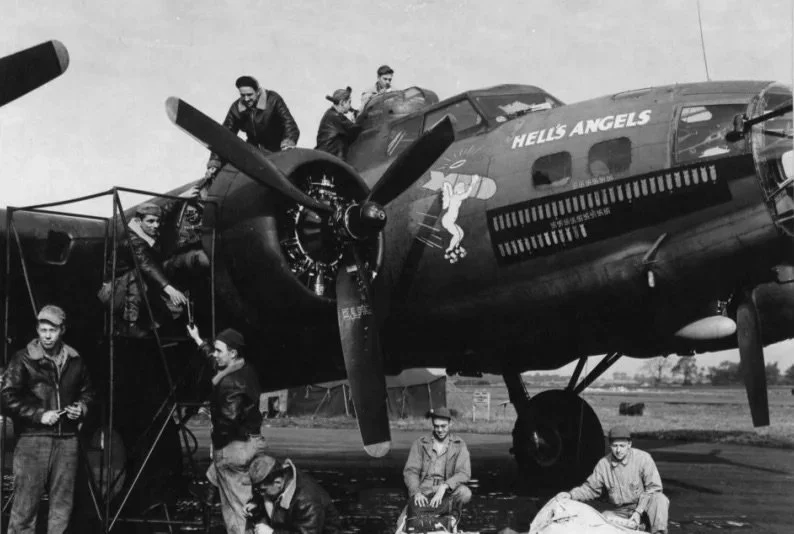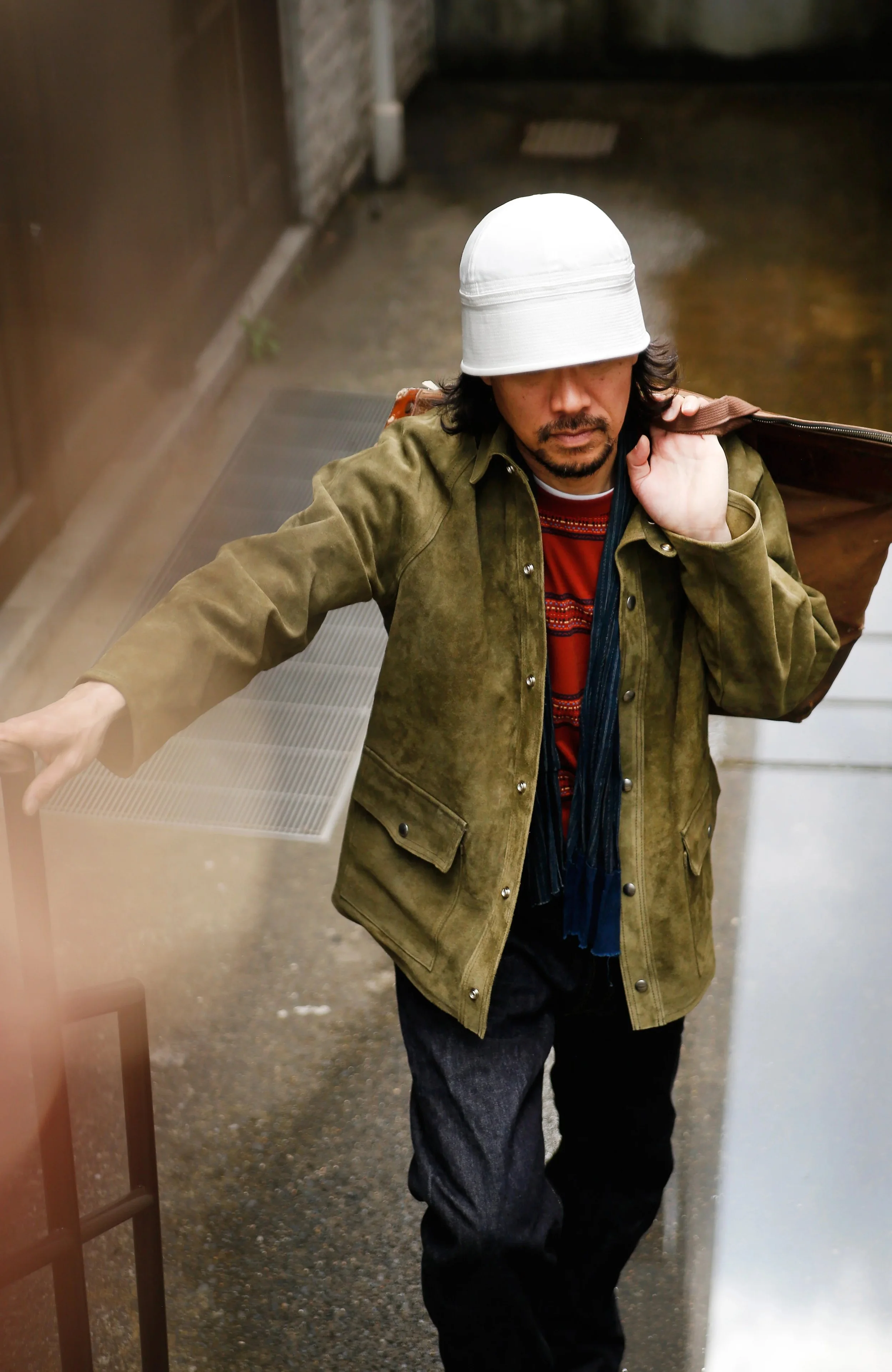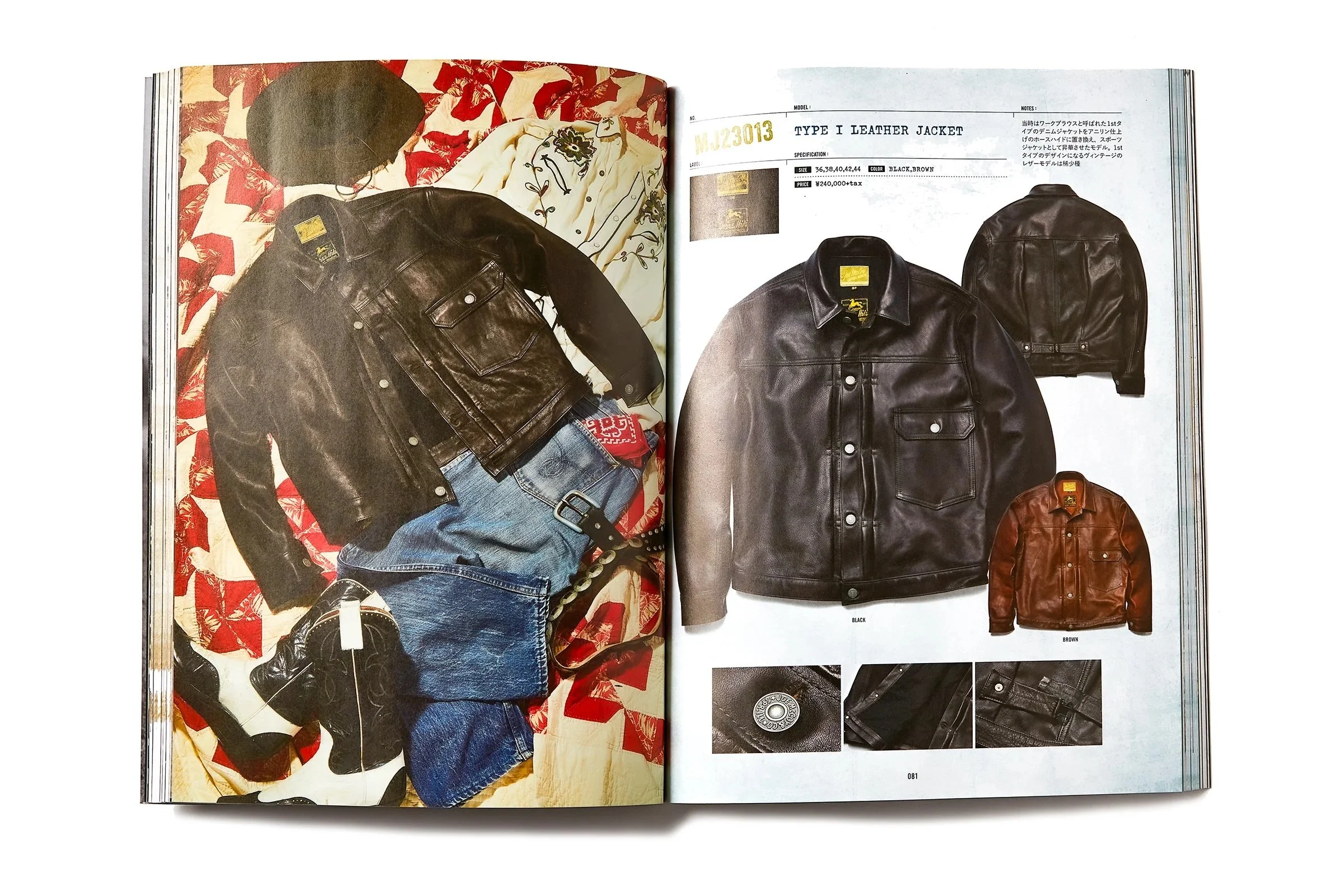The Real McCoy’s: A Story of Tradition and Admiration
Dating back to the 1940s and 50s, Japanese ‘culture-heads’ have always had a knack for American sub-cultures and clothing. When the United States occupied Japan after World War II, groups of Japanese citizens began to glamorize America's clothing. It started with Take Ivy and the Ametora group and flowered into a world of sub-cultures – from Bōsōzoku to Denim Kei. The age of admiration flowered into a world of creatives and pioneers who have reshaped how people think and recognize the Japanese fashion zeitgeist. Amid this cultural exchange, one pioneer stands out: Hitoshi Tsujimoto, who has been keeping the traditional American vintage alive and revitalizing it for over two decades in the heart of Tokyo.
© The Real McCoy'sTsujimoto began discovering American vintage on a 40-day road trip across the United States. From his road trip, he brought back bins of vintage clothing to sell in Tokyo. Through this, Tsujimoto developed a reputation for selling and collecting vintage clothing in the mid-80s before starting The Real McCoys in the 1990s. The vintage label was born from Tsujimoto’s desire to preserve and perfect the craftsmanship that went into American workwear. This reflects his and the brand's ethos: paying homage to the many facets of workwear worn in the United States from the 20s to the '90s. Producing everything from specific leather jackets originally made for pilots during World War I to denim coats resembling parkas worn by the US Navy in the 1940s, the Real Mccoy's stands as a testament to Tsujimoto’s commitment to authentic vintage wear.
What makes The Real McCoys special is the rich history behind each garment produced. The brand's website functions as much like a digital museum as it does a retail store. Each item, whether a leather jacket or a pair of sweatpants, includes a picture of its historical inspiration, a description of how it was originally made, and insights into how RMC has recreated it today. This idea of recreation goes beyond merely ensuring the garment resembles the original in aesthetics; it highlights Tsujimoto’s obsession with authenticity. To achieve this, the RMC team has sourced the same looms and sewing machines that were used to produce these inspired garments over fifty years ago. For Tsujimoto, this meticulous replication is not about bolstering the brand's reputation; it’s an act of love for the clothing that came before him.
© The Real McCoy'sIn the modern fashion realm, characterized by fast fashion and weekly trends, Tsujimoto’s dedication to vintage clothing offers a refreshing counterpoint. The desire to maximize authenticity is growing increasingly popular, with consumers seeking garments that carry a sense of permanence and history. Tsujimoto and the RMC provide an avenue for individuals to connect with a time when clothing was made with intention. And this love for intentional clothing has carried the RMC far beyond that of its home base in Tokyo. Tsujimoto’s brand has transcended its japanese roots, gaining international acclaim from vintage enthusiasts and collects worldwide. Proving that the artistry of slow fashion is not dead, it just needs the right pioneers to cavalier the industry in the right direction, inspiring new generations and highlighting the value of craftsmanship, heritage, and timeless style.





